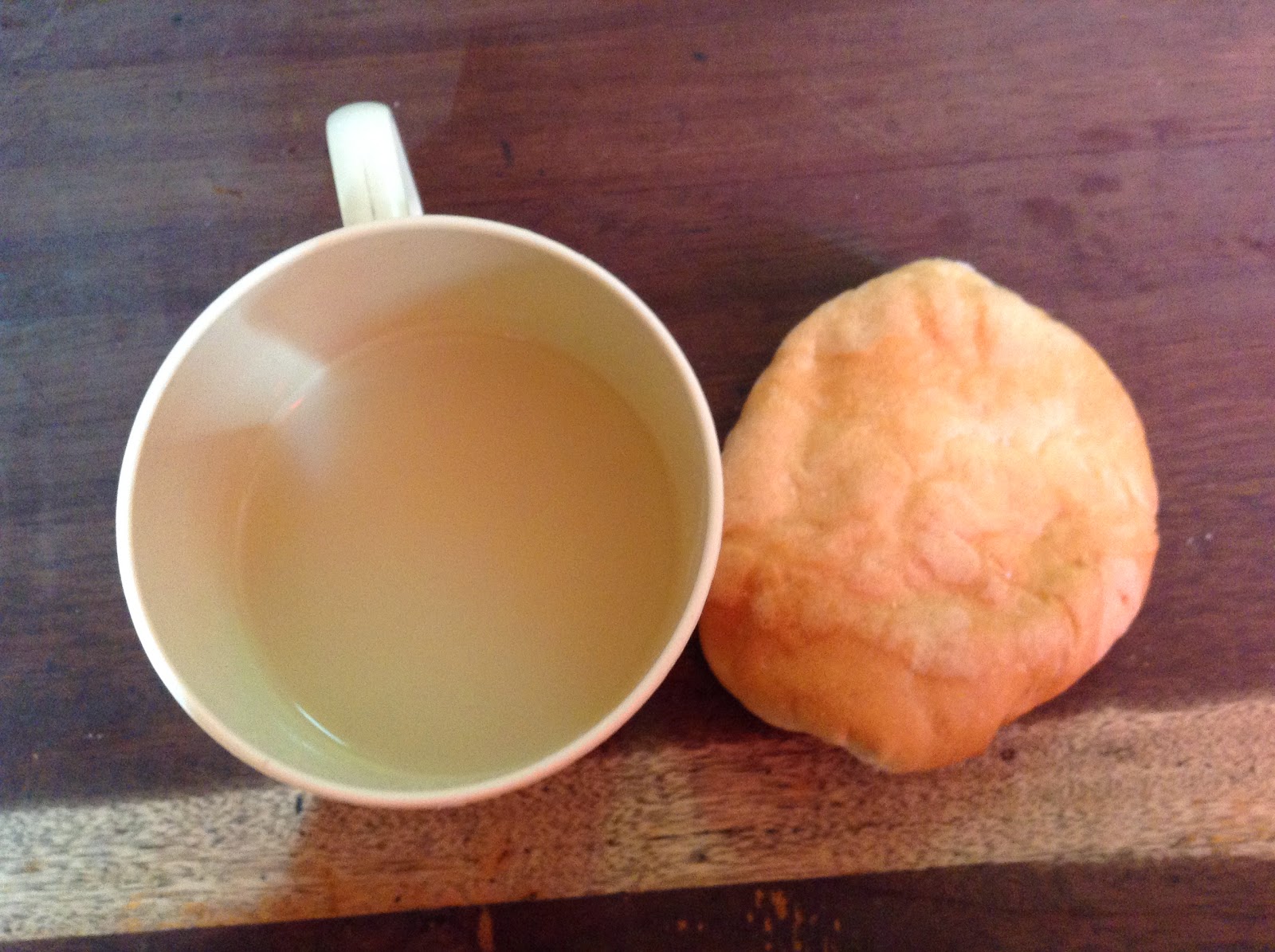On Friday, the school that most of the girls at my orphanage attend had a huge cultural celebration. All of the students dressed up in traditional clothes - big colorful skirts and lacy white shirts for the girls; dark pants, vests or ponchos, and bowler hats for the boys. They blocked of a section of the road, and the students filled it by replicating a tradition among the Aramaya people (one of the biggest indigenous groups here), in which farmers would get together and trade crops, so that everyone in the community could have a little bit of everything to eat for the season.
The whole time, we listened to a cd with about five songs that played on repeat. A few of the kids did some traditional dances to them, mostly tapping their feet and waving handkerchiefs. For the most part, though, the focus was on the food and running around playing with classmates.
On Saturday morning, another American girl and I went to see a parade downtown. It was the grimmest parade I've ever seen. No one - from the government officials who started it off to the high school baton twirlers - was smiling. By and large, they looked like teenagers being nagged about chores. It didn't seem too popular among the observers, either. There were tons of bleachers set up where people were supposed to pay to sit and watch, but almost everyone stood in back or to the side, saying they were just going to see their grandson or sister or someone pass by, and then they were leaving.
More cheerful - and much more crowded - was a free concert in Cochabamba's soccer stadium that night. It went on for hours, with something like seven different bands playing sets. Some of them played traditional music, accompanied by people doing the dances for them. Some of them were a mix of traditional rhythms and instruments like electric guitars. There was one guy who played a little of what seemed like folk music, but spent most of his time joking about the differences between dating when he was growing up in the 70's and what it's like now. The whole stadium was packed - apparently Cochabambinos aren't too particular about having aisles or exits being open, if it means an extra 100 people can fit in each section. A little claustrophobic, but a great event overall.



 Bolivians really like food - they take a lot of pride in it, and they seem to eat all day long. Even at the orphanage, where the food isn't exactly gourmet, we eat every few hours. The girls have breakfast before I get there, but around 10:00 every morning, we stop to have a morning snack. Usually, it's exactly what's shown on the left: tea and a roll that looks like a hamburger bun.
Bolivians really like food - they take a lot of pride in it, and they seem to eat all day long. Even at the orphanage, where the food isn't exactly gourmet, we eat every few hours. The girls have breakfast before I get there, but around 10:00 every morning, we stop to have a morning snack. Usually, it's exactly what's shown on the left: tea and a roll that looks like a hamburger bun. 



